Safety Director should work with Field Coordinators, referees and coaches to ensure fields are inspected for hazards prior to start of season to correct permanent problems, at the beginning of each game day to evaluate field conditions (taking weather into account) and before each game to remove hazards created by debris or foreign objects left behind.
Prior to start of season:
- Field layout – space between fields, pedestrian walkways.
- Condition of equipment such as goalposts, crossbars, nets.
- Walls, fences, buildings, trees too close to playing fields.
- Spectator seating too close to touchlines.
- Playing fields unprotected from traffic.
- Sprinklers, drainage grates, poor grass/surface area, holes.
- Uneven walkways.
Before each game DAY:
- Check playing surfaces for very dry/hard, wet/slippery fields for risk of injury to players.
- Look for foreign objects – rocks, broken glass, metal.
- Fill any gopher holes, divots and smooth out any bumps on the playing fields to reduce risk of injuries.
- Check weather conditions, temperatures, advisories for the day.
- Ensure that all goals are properly set, secured and counterweighted to prevent tip over accidents.
At the end of each game day, secure goalposts.
Ensure that Coaches and Referees complete routine pre-game safety checks:
- Seating areas are not too close to touchlines.
- Touchlines are safe for Assistant Referees to run the line.
- Goalposts and nets are secured; goals are anchored, staked and counterweighted to prevent tip overs.
- All debris has been cleared from field of play.
- Player check-in includes equipment check for safe shoes, shinguards, no casts/splints, jewelry, etc. per Laws of the Game.
- Follow guidelines for medical or religious required items.
